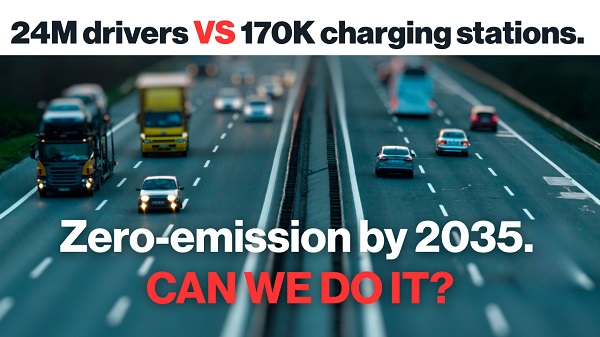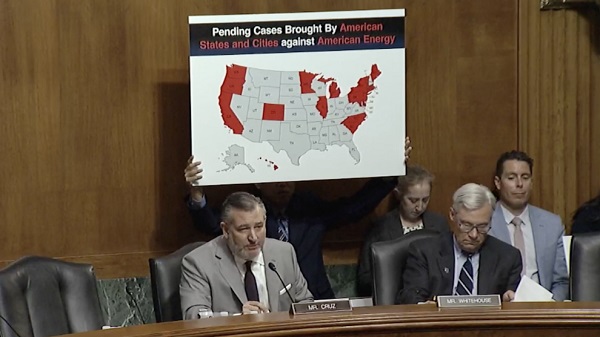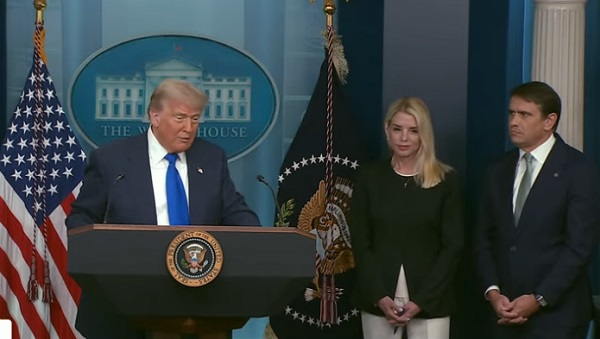Alberta
Emissions cap threatens Indigenous communities with higher costs, fewer opportunities
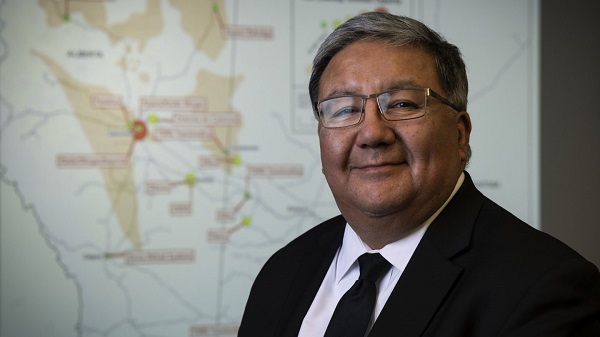
Dale Swampy, founder of the National Coalition of Chiefs. Photograph for Canadian Energy Centre
From the Canadian Energy Centre
National Coalition of Chiefs founder Dale Swampy says Canada needs a more sustainable strategy for reducing emissions
The head of the National Coalition of Chiefs (NCC) says Ottawa’s proposed oil and gas emissions cap couldn’t come at a worse time for Indigenous communities.
Dale Swampy says the cap threatens the combined prospect of higher costs for fuel and groceries, along with fewer economic opportunities like jobs and revenues from involvement in energy projects.
“Any small fluctuation in the economy is affected on our communities tenfold because we rely so much on basic necessities. And those are going to be the products that increase in price significantly because of this,” says Swampy, who founded the NCC in 2016 to fight poverty through partnerships with the natural resource sector.
He says that of particular concern is the price of fuel, which will skyrocket under the emissions cap because it will force reduced Canadian oil and gas production.
Analysis by S&P Global found that meeting the cap’s requirements would require a production cut of over one million barrels of oil equivalent per day (boe/d) in 2030, and 2.1 million boe/d in 2035.
“Production gets reduced, and the cost of fuel goes up,” Swampy says.
“Our concern is that everything that has to do with both fuel for transportation and fuel to heat our homes is amplified on First Nation communities because we live in rural Canada. We live in isolated communities, and it costs much more for us to operate our daily lives because we have to travel much further than anybody in a metropolitan area. So, it’s going to impact us greatly.”
Indigenous communities are already stretched financially, he says.
“What you could buy in 2019 terms of meat and produce is almost double now, and even though the inflation rate is trending downwards, we still haven’t gotten over the impact of what it costs for a bag of groceries these days,” Swampy says.
“In our communities, more than half are under the age of 21, so there’s a lot of bigger families out there struggling to just get food on the table.”
The frustrating timing of the cap is that it comes amid a rising tide of Indigenous involvement in Canadian oil and gas. Since 2022, more than 75 Indigenous communities in Alberta and B.C. have agreed to become part owners of energy projects.
Three major projects – the Trans Mountain Pipeline Expansion, Coastal GasLink Pipeline and LNG Canada export terminal – together have spent more than $11 billion with Indigenous and local businesses.
“We’re at a turning point right now. There’s a real drive towards getting us involved in equity opportunities, employment opportunities, and contracting opportunities,” Swampy says.
“Everybody who didn’t talk to us in the past is coming to our front door and saying, ‘Do you want to work with us?’ It couldn’t come at a worse time when we have this opportunity. The emissions cap is going to reduce the amount of activity, and it’s going to reduce the amount of investment,” he says.
“We’re part of that industry now. We’re entrenched in it now, and we have to support it in order to support our people that work in this industry.”
Economic growth, and more time, is needed to fund development of low emissions energy sources without ruining the economy, he says.
“I think we need more consultation. We’d like to see them go back to the table and try to incorporate more of a sustainable strategy for emission reductions,” Swampy says.
“We’re the only country in the world that’s actually incorporating this type of legislation. Do you think the rest of the world is going to do this type of thing? No, they’re going to eat our lunch. They’re going to replace the production that we give up, they’re going to excel in the economy because of it, and they won’t talk about significant emission reduction initiatives.”
Agriculture
Lacombe meat processor scores $1.2 million dollar provincial tax credit to help expansion
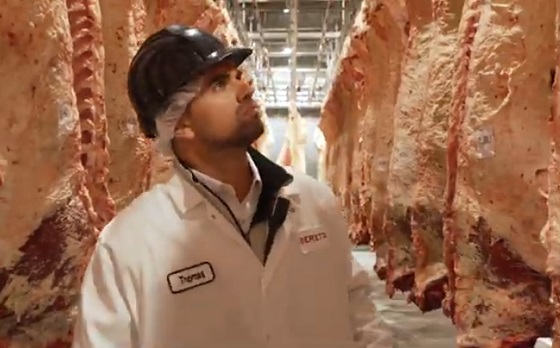
Alberta’s government continues to attract investment and grow the provincial economy.
The province’s inviting and tax-friendly business environment, and abundant agricultural resources, make it one of North America’s best places to do business. In addition, the Agri-Processing Investment Tax Credit helps attract investment that will further diversify Alberta’s agriculture industry.
Beretta Farms is the most recent company to qualify for the tax credit by expanding its existing facility with the potential to significantly increase production capacity. It invested more than $10.9 million in the project that is expected to increase the plant’s processing capacity from 29,583 to 44,688 head of cattle per year. Eleven new employees were hired after the expansion and the company plans to hire ten more. Through the Agri-Processing Investment Tax Credit, Alberta’s government has issued Beretta Farms a tax credit of $1,228,735.
“The Agri-Processing Investment Tax Credit is building on Alberta’s existing competitive advantages for agri-food companies and the primary producers that supply them. This facility expansion will allow Beretta Farms to increase production capacity, which means more Alberta beef across the country, and around the world.”
“This expansion by Beretta Farms is great news for Lacombe and central Alberta. It not only supports local job creation and economic growth but also strengthens Alberta’s global reputation for producing high-quality meat products. I’m proud to see our government supporting agricultural innovation and investment right here in our community.”
The tax credit provides a 12 per cent non-refundable, non-transferable tax credit when businesses invest $10 million or more in a project to build or expand a value-added agri-processing facility in Alberta. The program is open to any food manufacturers and bio processors that add value to commodities like grains or meat or turn agricultural byproducts into new consumer or industrial goods.
Beretta Farms’ facility in Lacombe is a federally registered, European Union-approved harvesting and meat processing facility specializing in the slaughter, processing, packaging and distribution of Canadian and United States cattle and bison meat products to 87 countries worldwide.
“Our recent plant expansion project at our facility in Lacombe has allowed us to increase our processing capacities and add more job opportunities in the central Alberta area. With the support and recognition from the Government of Alberta’s tax credit program, we feel we are in a better position to continue our success and have the confidence to grow our meat brands into the future.”
Alberta’s agri-processing sector is the second-largest manufacturing industry in the province and meat processing plays an important role in the sector, generating millions in annual economic impact and creating thousands of jobs. Alberta continues to be an attractive place for agricultural investment due to its agricultural resources, one of the lowest tax rates in North America, a business-friendly environment and a robust transportation network to connect with international markets.
Quick facts
- Since 2023, there are 16 applicants to the Agri-Processing Investment Tax Credit for projects worth about $1.6 billion total in new investment in Alberta’s agri-processing sector.
- To date, 13 projects have received conditional approval under the program.
- Each applicant must submit progress reports, then apply for a tax credit certificate when the project is complete.
- Beretta Farms has expanded the Lacombe facility by 10,000 square feet to include new warehousing, cooler space and an office building.
- This project has the potential to increase production capacity by 50 per cent, thereby facilitating entry into more European markets.
Related information
Alberta
Alberta Next: Alberta Pension Plan

From Premier Danielle Smith and Alberta.ca/Next
Let’s talk about an Alberta Pension Plan for a minute.
With our young Alberta workforce paying billions more into the CPP each year than our seniors get back in benefits, it’s time to ask whether we stay with the status quo or create our own Alberta Pension Plan that would guarantee as good or better benefits for seniors and lower premiums for workers.
I want to hear your perspective on this idea and please check out the video. Get the facts. Join the conversation.
Visit Alberta.ca/next
-

 Agriculture2 days ago
Agriculture2 days agoCanada’s supply management system is failing consumers
-

 Business1 day ago
Business1 day agoCanada’s loyalty to globalism is bleeding our economy dry
-

 armed forces24 hours ago
armed forces24 hours agoCanada’s Military Can’t Be Fixed With Cash Alone
-

 Alberta24 hours ago
Alberta24 hours agoAlberta Next: Alberta Pension Plan
-

 Alberta1 day ago
Alberta1 day agoCOVID mandates protester in Canada released on bail after over 2 years in jail
-

 International1 day ago
International1 day agoTrump transportation secretary tells governors to remove ‘rainbow crosswalks’
-
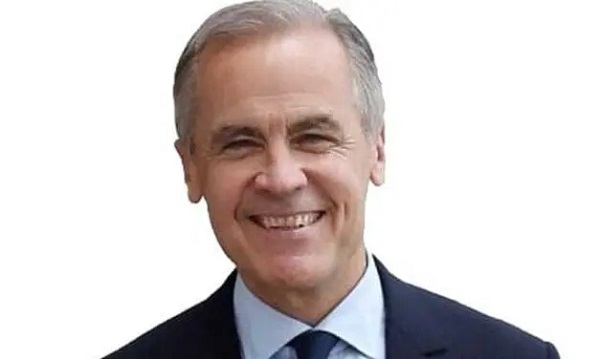
 Business1 day ago
Business1 day agoCarney’s spending makes Trudeau look like a cheapskate
-

 Crime2 days ago
Crime2 days agoProject Sleeping Giant: Inside the Chinese Mercantile Machine Linking Beijing’s Underground Banks and the Sinaloa Cartel
